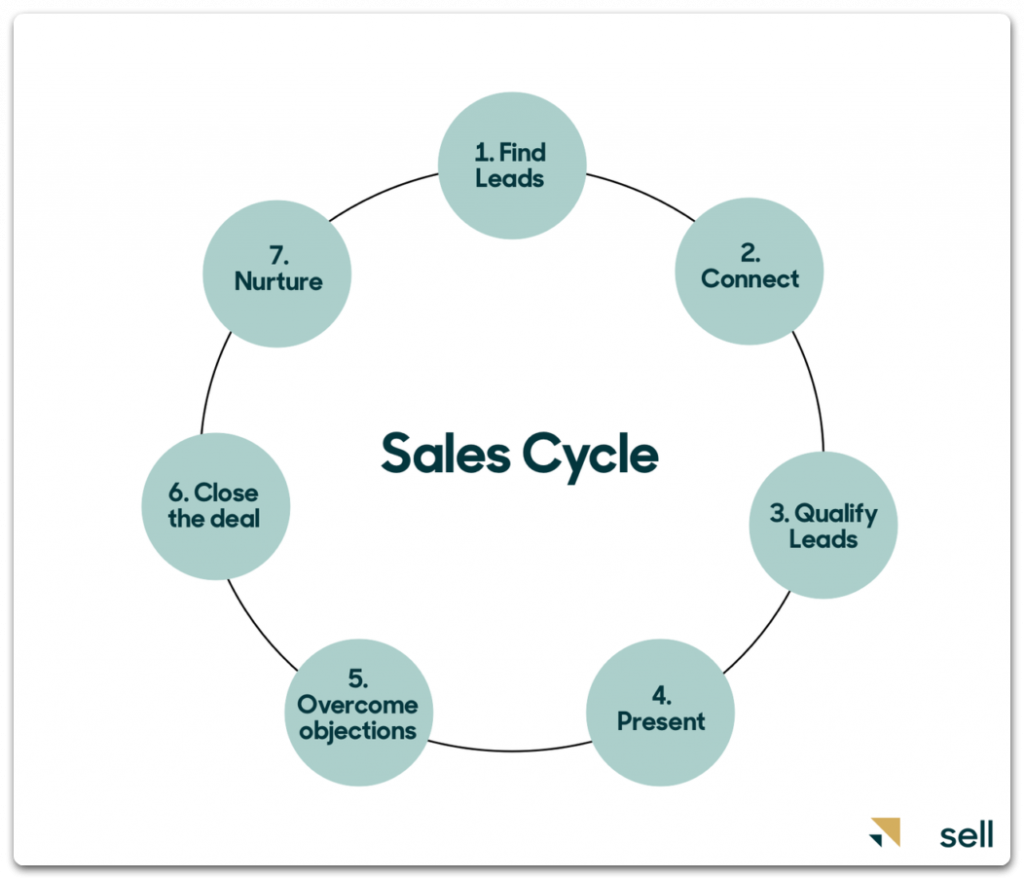Closing ratio
Closing ratio, or close rate, is a measure that shows how efficiently a sales professional or a sales team performs. It tracks how many sales have been closed compared to the number of proposals given. In other words, it tracks how many leads out of all prospects made a purchase.
How to calculate the closing ratio
To calculate your close rate, divide the number of successful deals (‘conversions’) by the total number of leads, then multiply by 100. For instance, if a salesperson connects with 100 potential clients and successfully closes deals with 35, their close rate is (35 / 100) x 100 = 35%.
The above is the manual way of calculating the closing ratio. You may also find automatic closing ratio calculators that will count your closing ratio and compare it to your industry competitors.
You can calculate the closing ratio for any period (a year, a month, a week, etc.), but for the most accurate results, it’s better to choose a period that is longer than three months.
What is a good closing ratio?
71% of sales and marketing leaders say increasing lead-to-customer conversion is their top priority. Many of them link it with their closing ratio metric, hoping to understand what result may be considered a marker of their success.
The truth is that there is no universally good closing ratio. Everything depends on your company, product, and the industry in general. Here is an example of the sales closing ratio benchmarks calculated for five various industries:
- Biotechnology industry close rate: 15%
- Finance industry close rate: 19%
- Computer software industry close rate: 22%
- Computers & electronics industry close rate: 23%
- Business & industrial industry close rate: 27%
However, even if you know the average closing ratio within a certain industry, you should keep in mind that results may vary depending on such factors as the companies’ location, specifics of their customer’s buyer persona, and so on. Therefore, your sales success can’t be determined solely by your closing ratio.
How to determine the most optimal closing ratio for your company?
The best way to do it is to track your leads and closed deals, comparing results with your closest competitors and finding out the average score. Pay attention to companies that belong to the same industry and are located in the same region. Remember that the focus of your calculations should not be just on the metric itself, but on its increasing dynamics.
Importance of the closing ratio
Though closing ratio is not the only component that determines sales success, for marketing and sales teams, this is one of the most important numbers to know, and here is why:
It indicates how well your sales team is performing
Tracking your closing ratio regularly, you may notice its unpleasant drop and start analyzing your team efforts at all stages of the sales cycle. As a result, you may find out that sales reps have experienced problems with qualifying leads before meeting them or have been sending proposals to uninterested prospects.

It aligns sales and marketing teams
There may be situations with unaligned teams when the marketing department achieves the goal of finding many new leads, but sales see a sudden drop in the closing ratio, which they connect with poor lead quality. Closing ratio helps both departments work in cohesion and pursue the same target.
How to improve the closing ratio
It’s a typical scenario when sales get stuck. The closing ratio doesn’t increase, and a common question among sales reps arises: ‘What should be done to increase it?’ Here’s a list of tips that can help improve this metric.
Know your product
You should understand your company’s strong points and be able to advocate for your product. Think of any prospect’s objections to cooperating with you and their possible arguments in favor of your competitors. Build up your answers that would defend your product. Make sure you can articulate its value to your potential customer.
Know your prospects
Prospects are more likely to buy from you if you match their personality style. Do research to understand their buyer behavior and drivers of their decision-making process. Don’t stick to one-for-all tactics. Some prospects respond faster to high-pressure techniques while others prefer more laid back methods.
Ask the right questions
If you have established the contact with your prospect, be prepared to keep the dialogue. Ask relevant questions to shift the accent from your desire to sell to the client’s needs. You may also ask how they feel you compare to competitors, if any. This way, you will demonstrate that you are ready to think about offering them more perks.

Use storytelling
Share examples of how your product helped other customers. Explain what challenges they faced before and what results they’ve achieved after cooperating with you.
Work a referral system
Asking your current customers to refer your product to another company is one of the most valuable sources of qualified sales leads. They have a much higher closing ratio than those leads you generate through other methods. However, do referral selling correctly: ask for a referral right after the purchase and don’t be afraid of requesting it once again if you get ‘no.’
Get marketing intelligence on missteps
One of the keys to improving a company’s closing ratio is analyzing not only your wins but also your failures. Pay attention to what did not work for your company, as well as your competitors. Ask your clients what prevented them from making a purchase. This information may be quite eye-opening.
Wrapping it up
Even if the closing ratio can’t be a direct measure of your sales success, this metric, when not growing, is a symptom that you should improve your sales efforts. Don’t concentrate on closing a deal so much as on defining what value your customer is going to get from your product.















